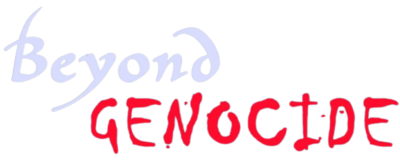The Illuminations
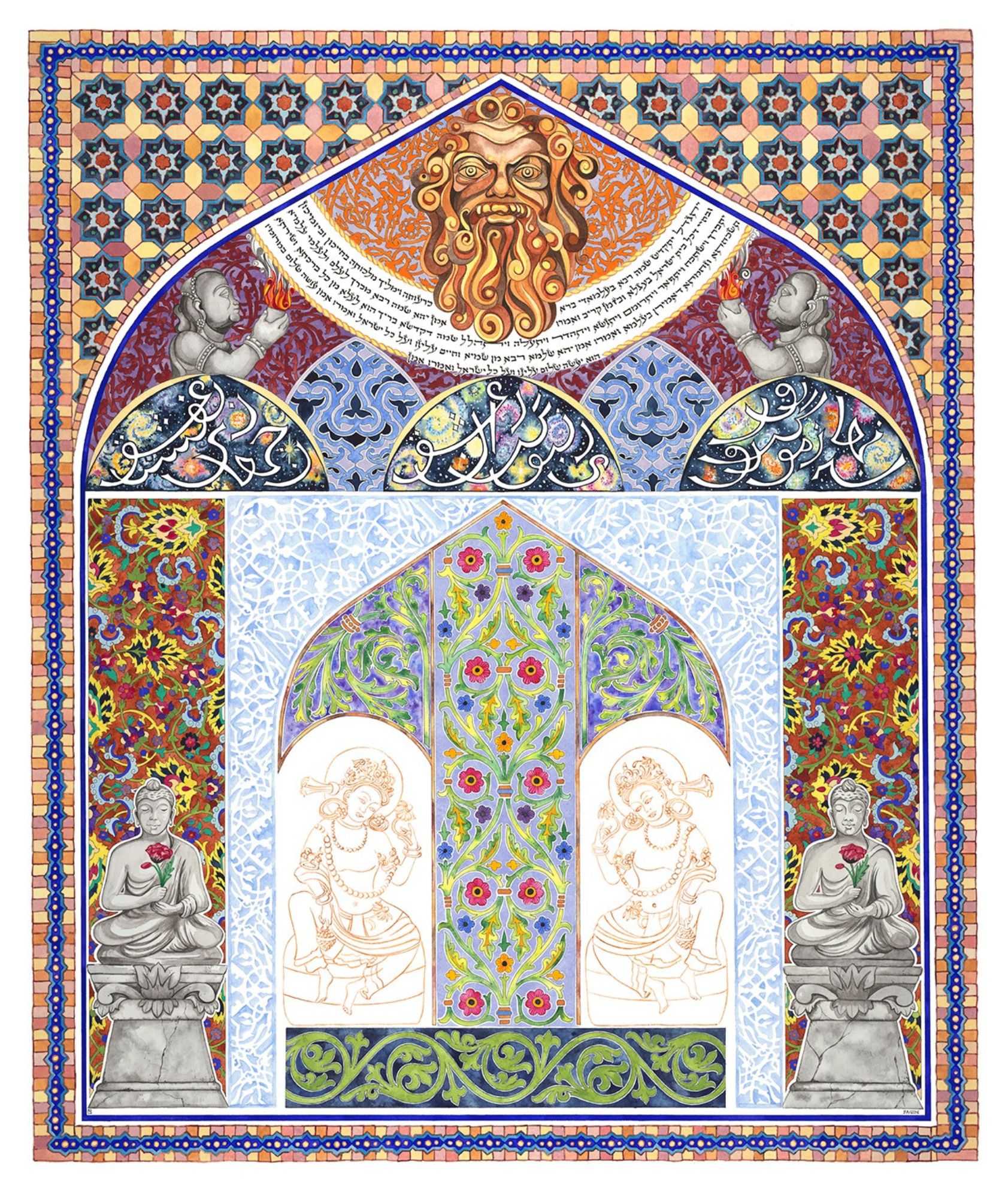
Afghanistan
Beyond Genocide #1 (2003). This illumination primarily explores two periods of history where mass annihilation of human life and cultural heritage has taken place in the region of the world now known as Afghanistan. The first episode of mass slaughter examined for this manuscript occurred during the Mongol conquests of the 13th century. The second period of mass annihilation and conquest explored artistically begins with the Soviet invasion in 1979, and the atrocities of this 10-year occupation.
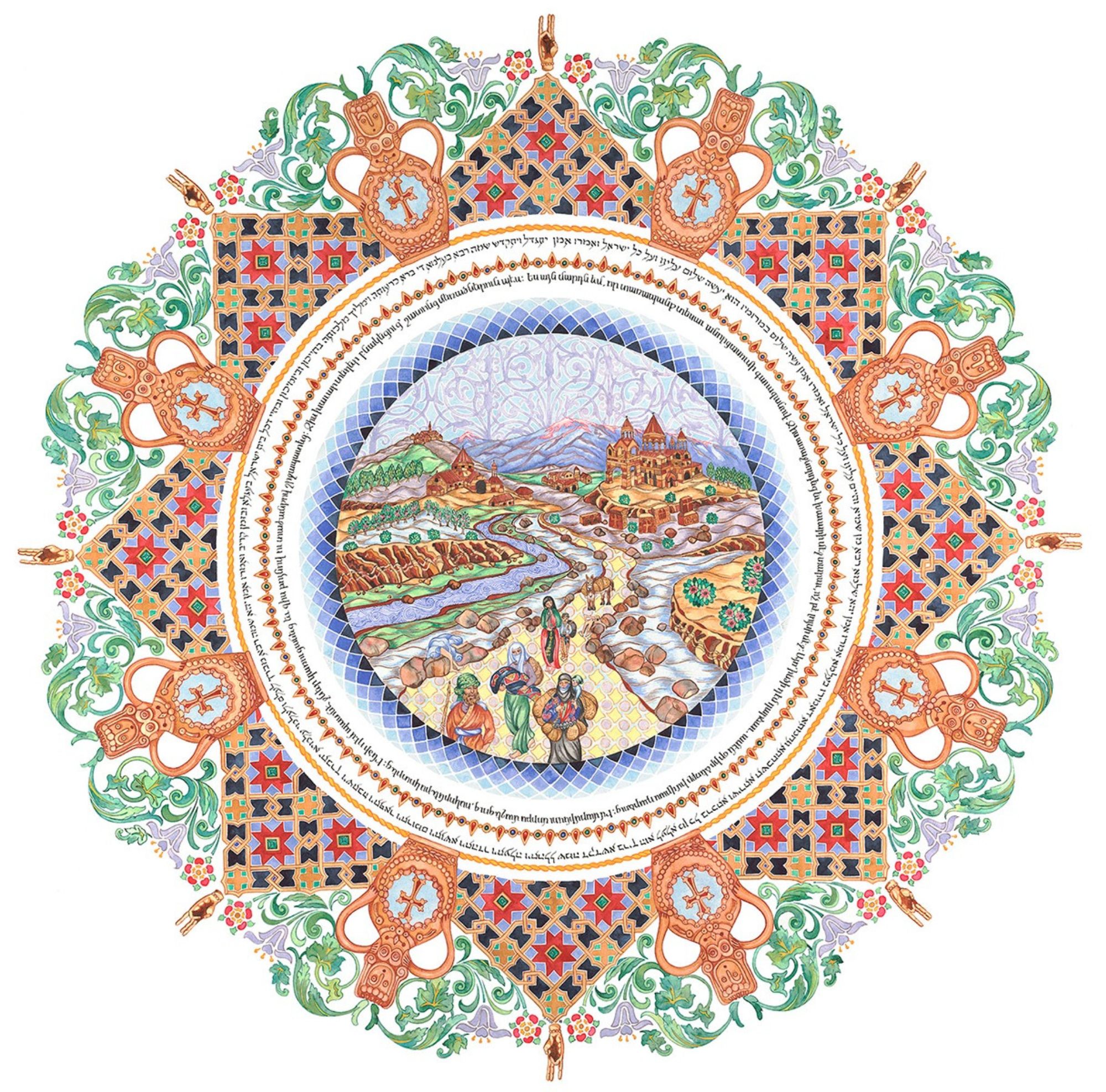
Armenia
Beyond Genocide #2 (2004). The rich and ancient history of the Armenian people provided ample material for visual exploration in this illumination. The Turkish government’s campaign of genocide against its Christian Armenians at the beginning of the 20th century eliminated virtually the entire Armenian population from their homeland of nearly three thousand years.
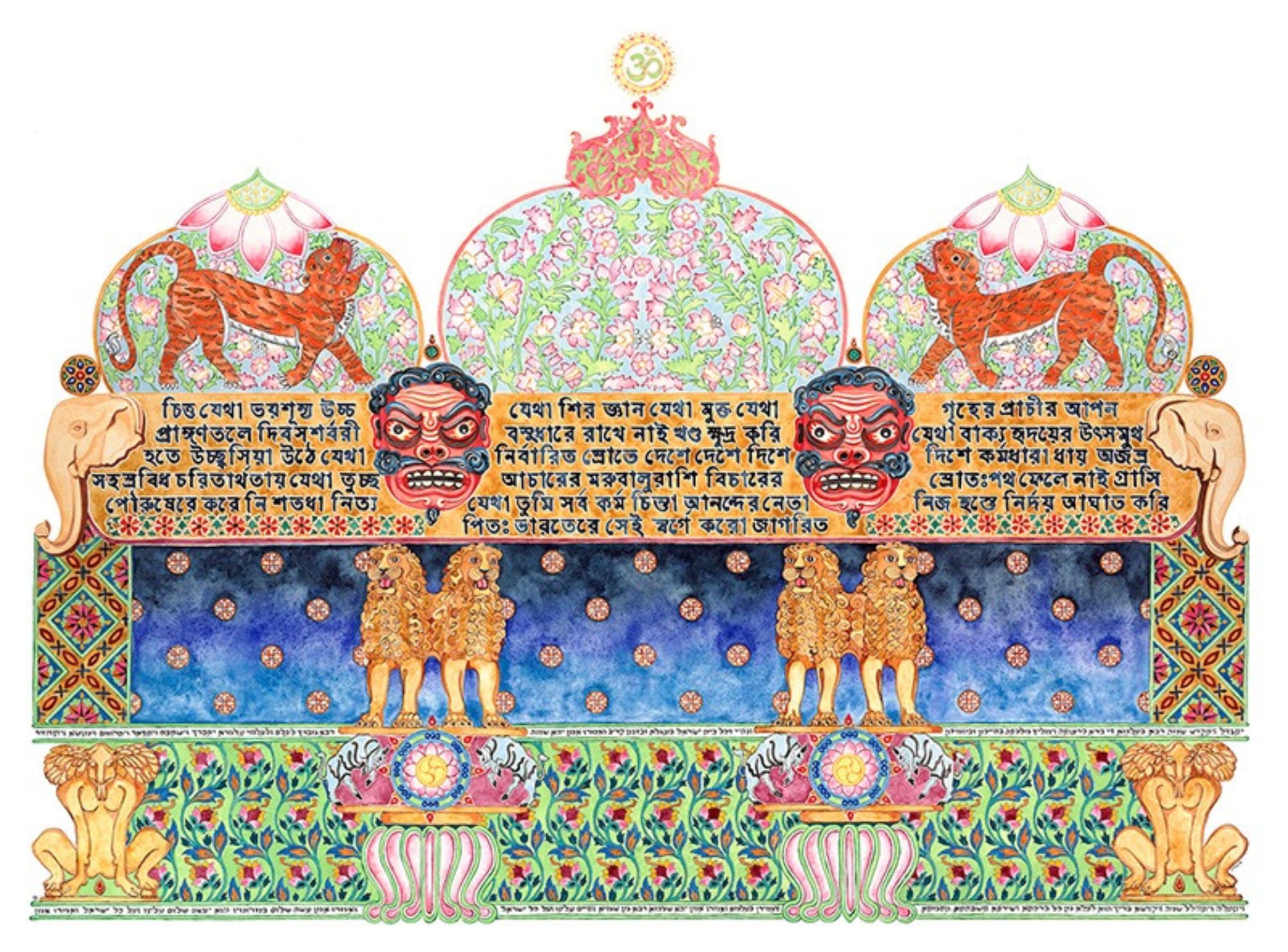
Bangladesh
Beyond Genocide #3 (2004). The proud and gentle country of Bangladesh emerged only in modern times as a sovereign nation. However, the regional distinction of the Bengali people has its origins in antiquity. In 1971, the Pakistani army invaded the geographically separated region of East Pakistan to subjugate its Hindu and British commercial and landed elites. This illumination reflects the pride and honor of the people of Bangladesh.
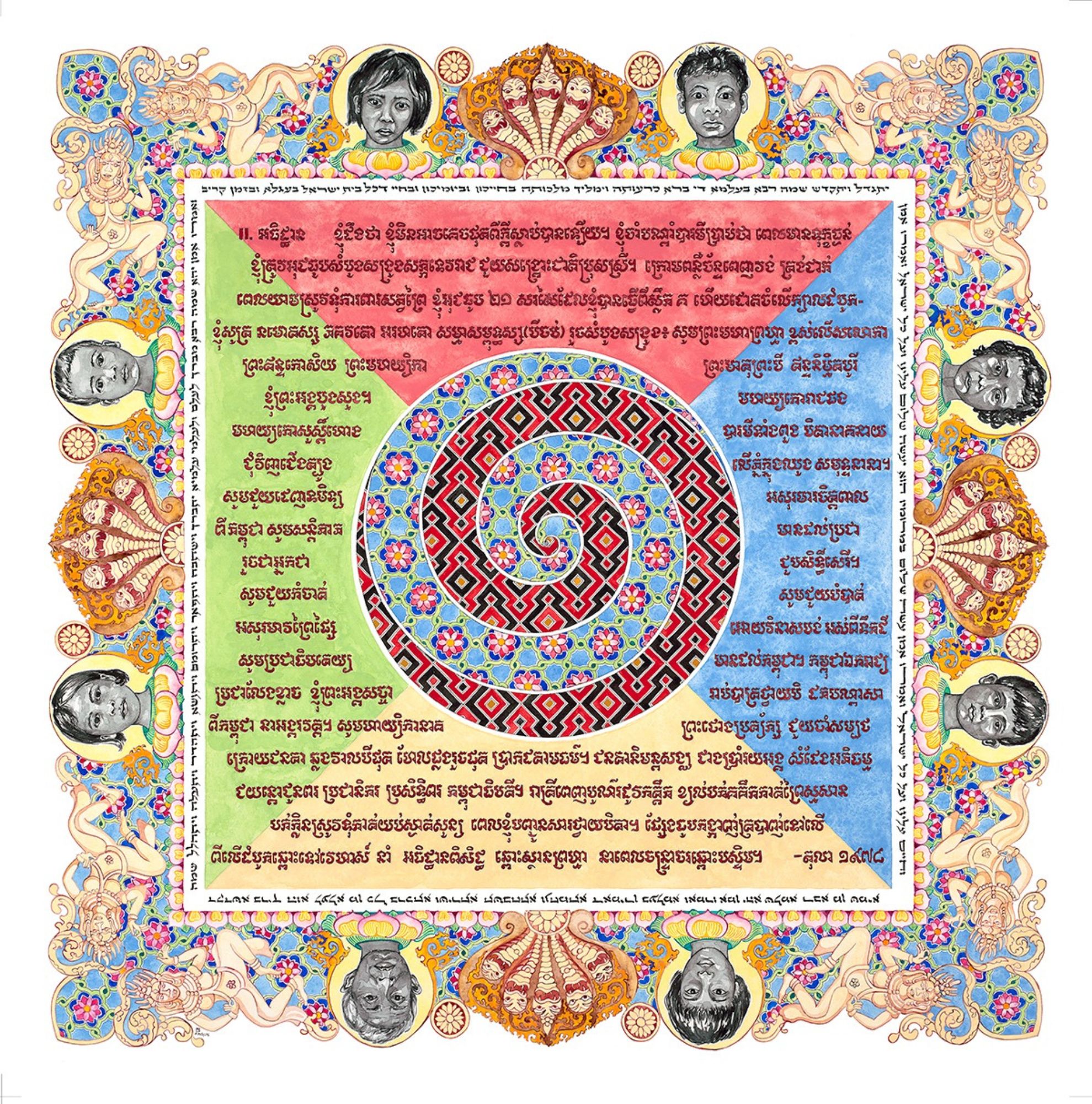
Cambodia
Beyond Genocide #4 (2005). The rise of the Pol Pot regime in the wake of the Vietnam War transformed a country desperate to steer free of the violence occurring in its neighboring country. The genocide of the Cambodian people organized by a native ruler defies the terminology of genocide according to the United Nations legal definition. This illumination bears testimony to the terrible silencing of Cambodia of the 20th century, and recognizes foundational periods of ancient Cambodian civilization.
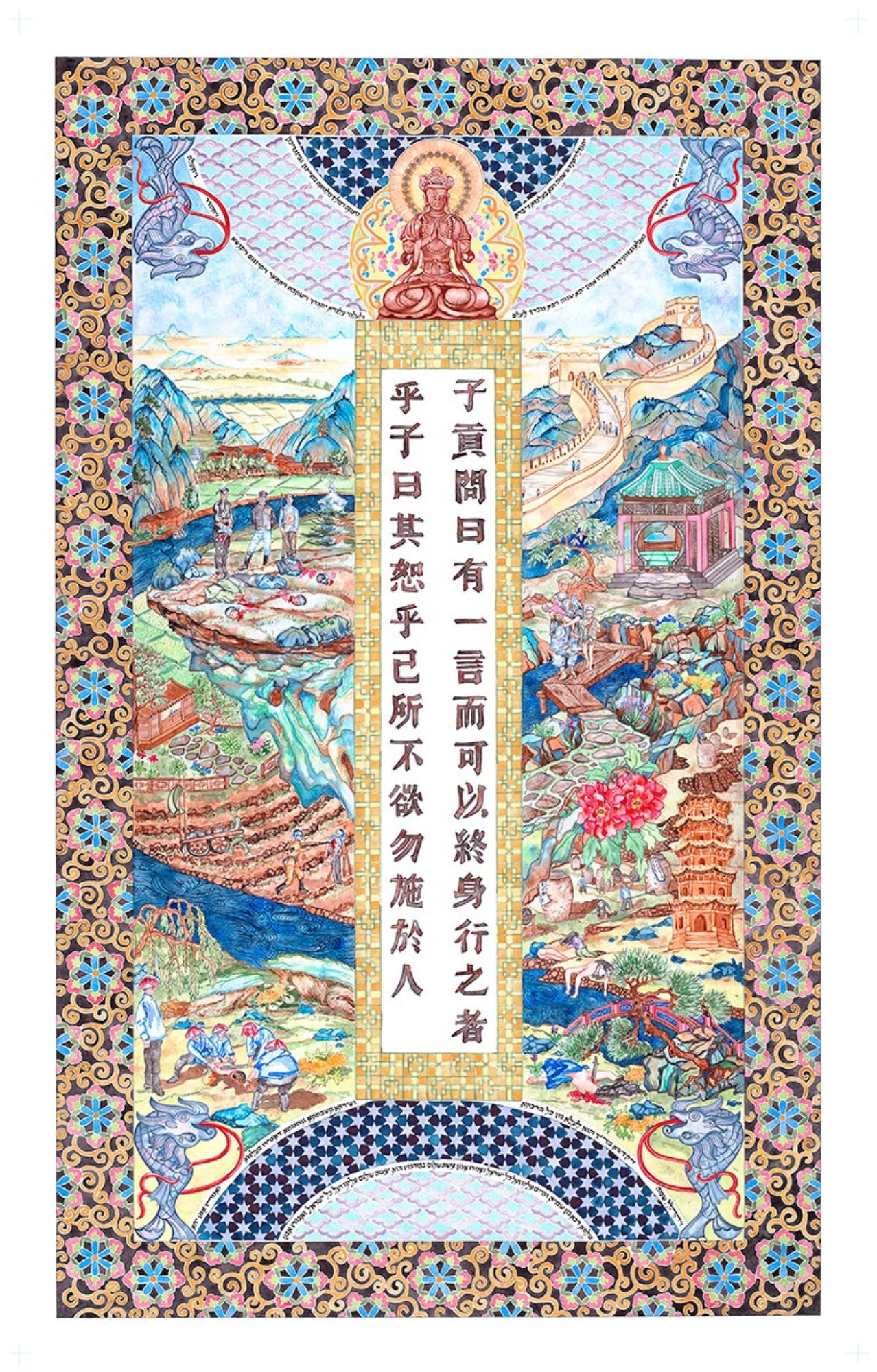
China
Beyond Genocide #5 (200X). The history of human civilization in China is one of the oldest and most complex histories on earth. The atrocities of the 20th century, by far, outnumber in deaths every other mass atrocity recorded. A mixture of reverence for the bewilderingly numerous wonders of the Chinese nation and the indignity of the bloodshed perpetrated within, creates a startlingly penetrating illumination worthy of the enormity of the history of Chinese civilization.
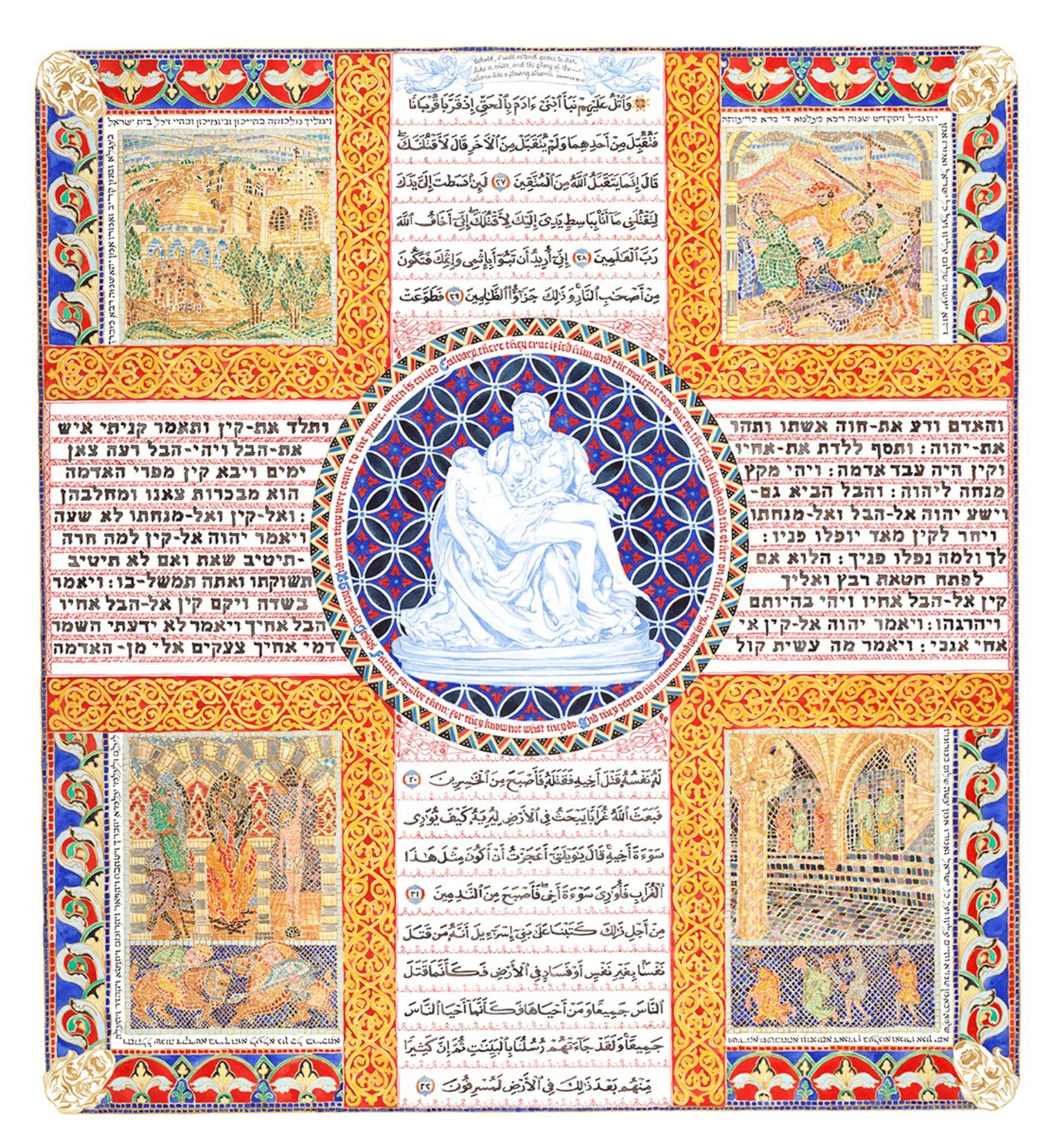
Crusades & Inquisition
Beyond Genocide #6 (200X). The official policy of the Roman Church’s empire during the era of the Crusades and Inquisition sanctioned waves of killing and persecution which was initiated during the First Crusade in 1096 and spread across Europe and the Middle East. Muslim, Jewish, Cathar and other independence groups were victimized by successive waves of military and popular annihilations. The verse and images portrayed in this illumination focus on central teachings of Christian, Muslim and Jewish faiths as well as imagery from historic episodes of mass atrocity which define this era of European history.
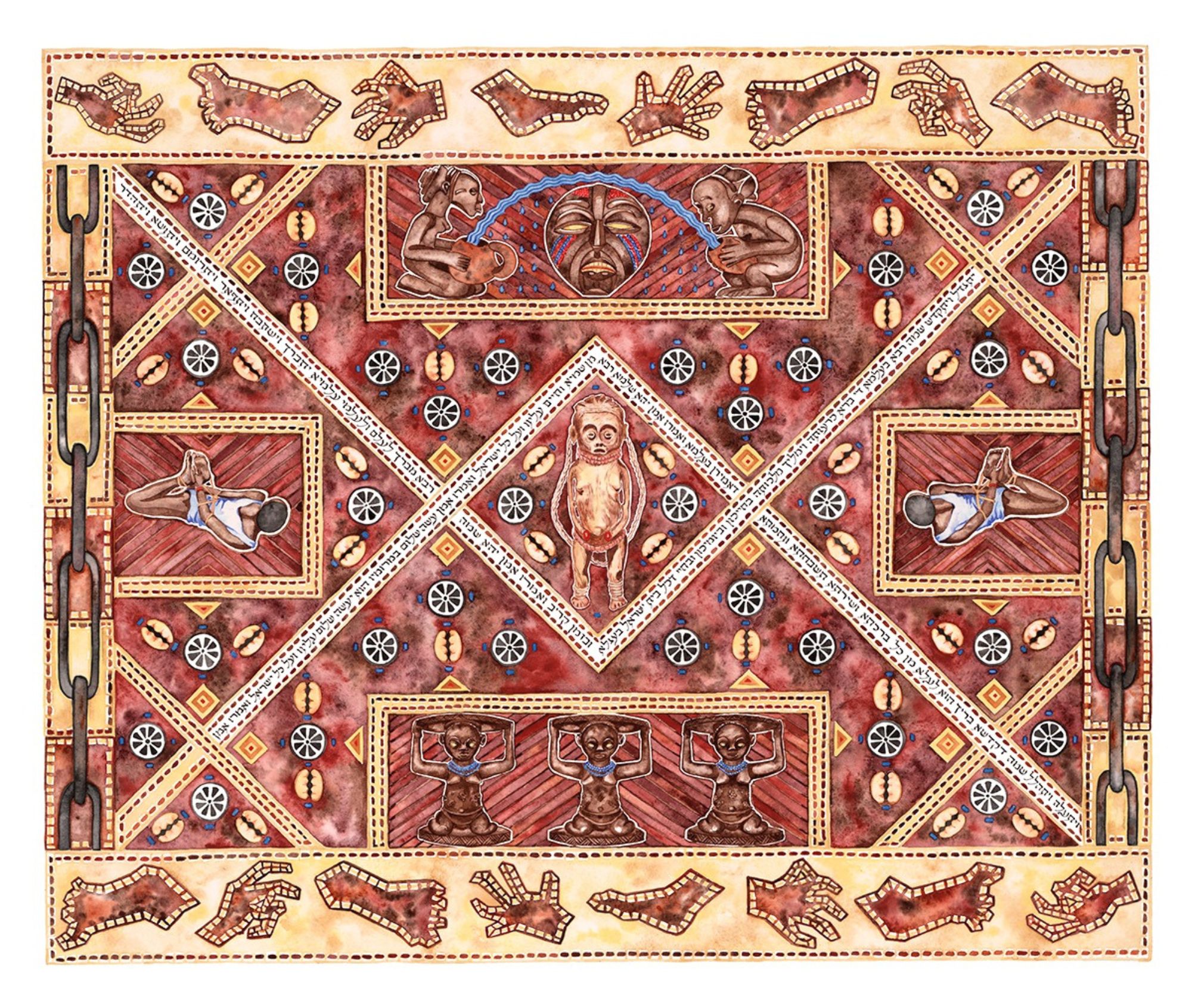
Democratic Republic of Congo
Beyond Genocide #7 (2007). Insatiable exploitation of human and natural resources has been the principal driving force at work in the Democratic Republic of the Congo as early as the Arab slave trader boom in the 18th century until present time. This illumination commemorates the longstanding and contemporary suffering of the Congolese people as well as the dignified and unique artistic creativity of the various tribal regions.
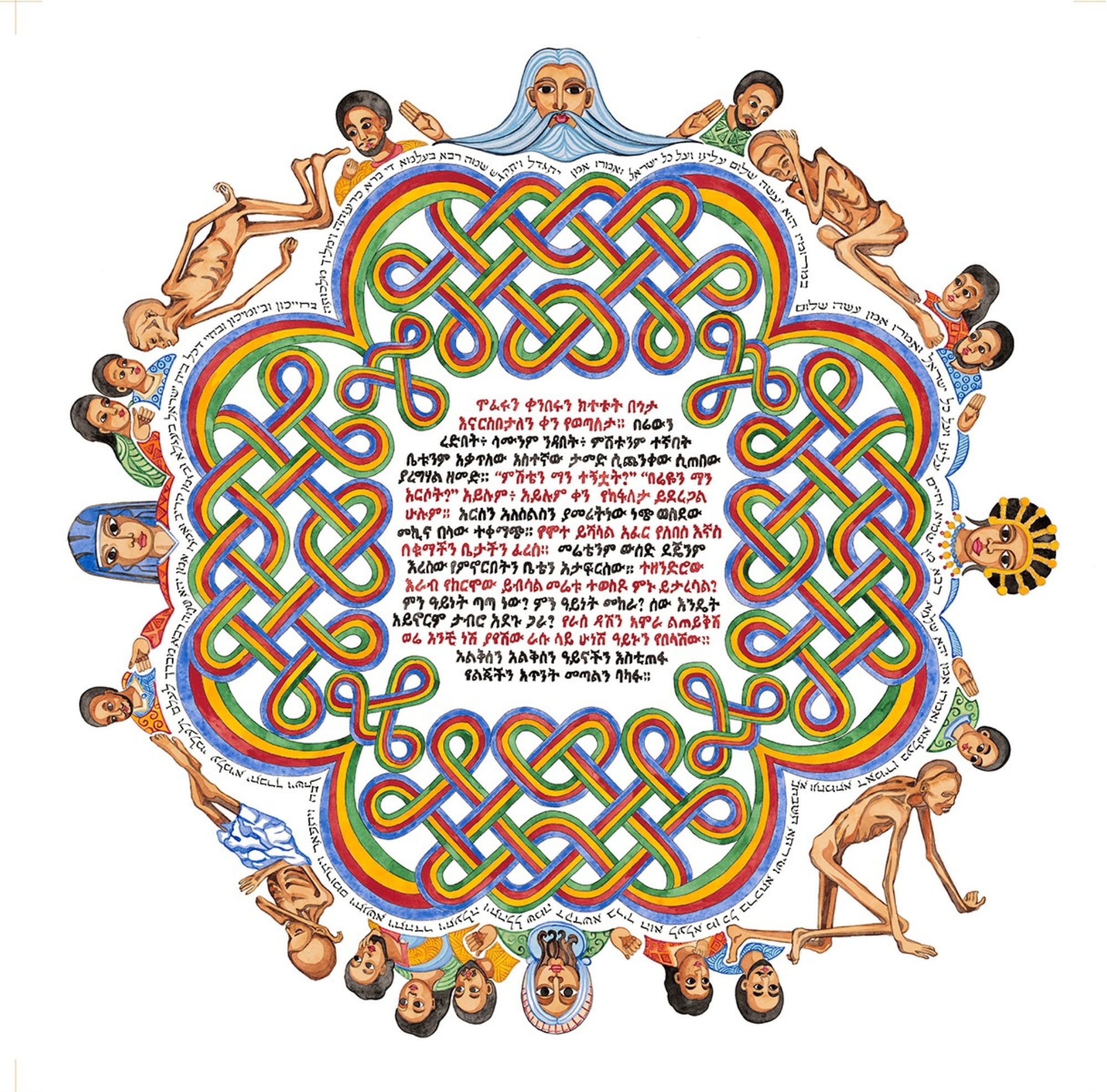
Ethiopia
Beyond Genocide #8, (2008). The Derg Regime of Ethiopia (1974–1987) and its campaign of “Red Terror (1977–1978) perpetrated violent political repression and systematic execution of thousands of educated young Ethiopians who opposed the regime or were suspected of belonging to political opposition groups. Social engineering, forced resettlement and manipulation of relief supplies in drought districts exacerbated the massive drought cycle of 1984 in the country.
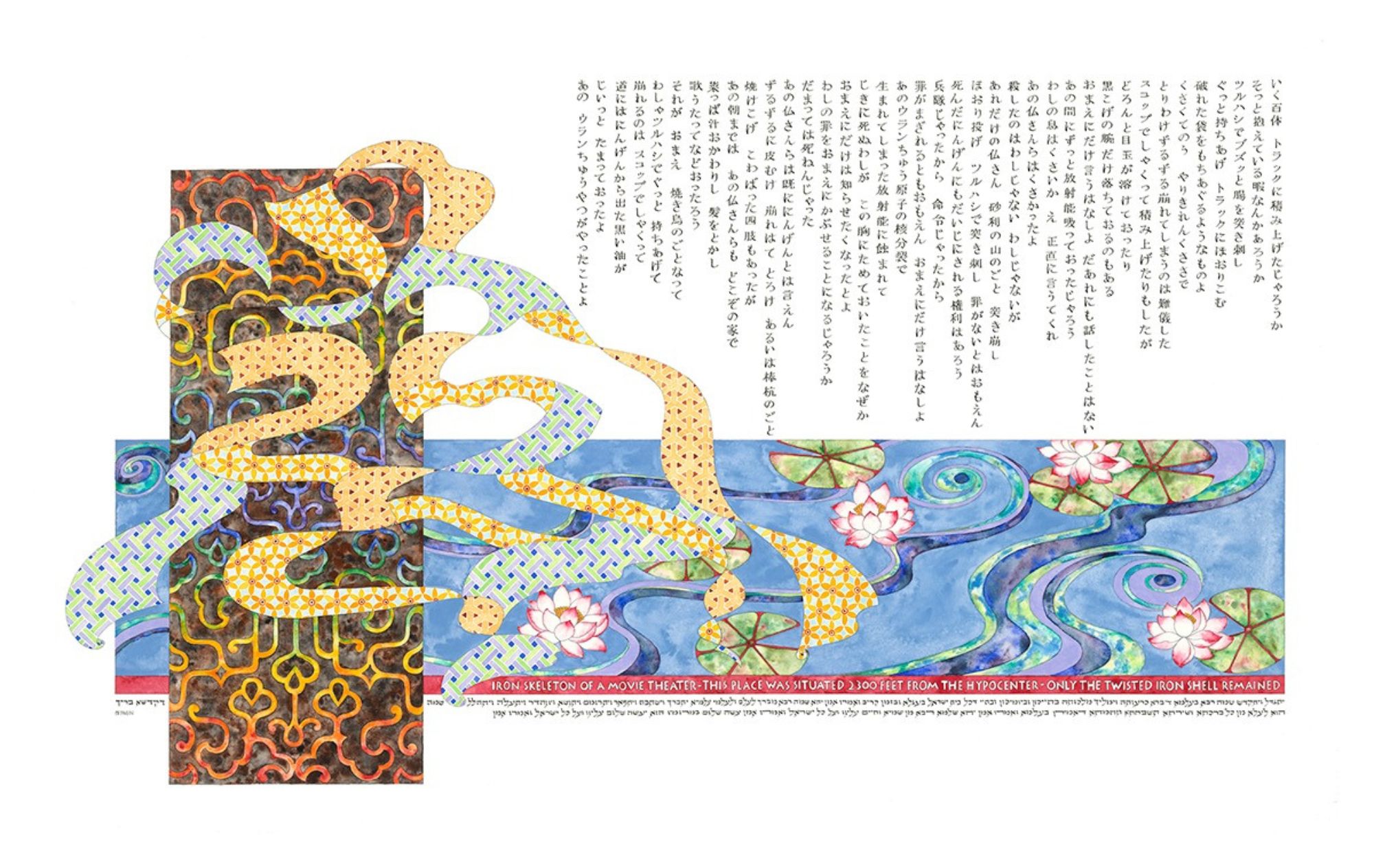
Hiroshima & Nagasaki
Beyond Genocide #9 (2008). On August 6th and 9th, 1945, the atomic bombs “Little Boy” and “Fat Man” were released over Hiroshima and Nagasaki, Japan, by order of U.S. President Harry S. Truman. According to Japanese reporters: “practically all living things, human and animal, were literally seared to death…” in these blasts. The effects of radiation exposure on survivors and their descendents are estimated to have afflicted more than 400,000 people well into the 21st century and the suffering from the bombing has led Japan to seek the abolition of nuclear weapons from the world ever since. True to the Japanese sense of aesthetic, this composition reflects the raw destructive power of a uranium bomb as well as the healing potential of the earth, through artistic expression.
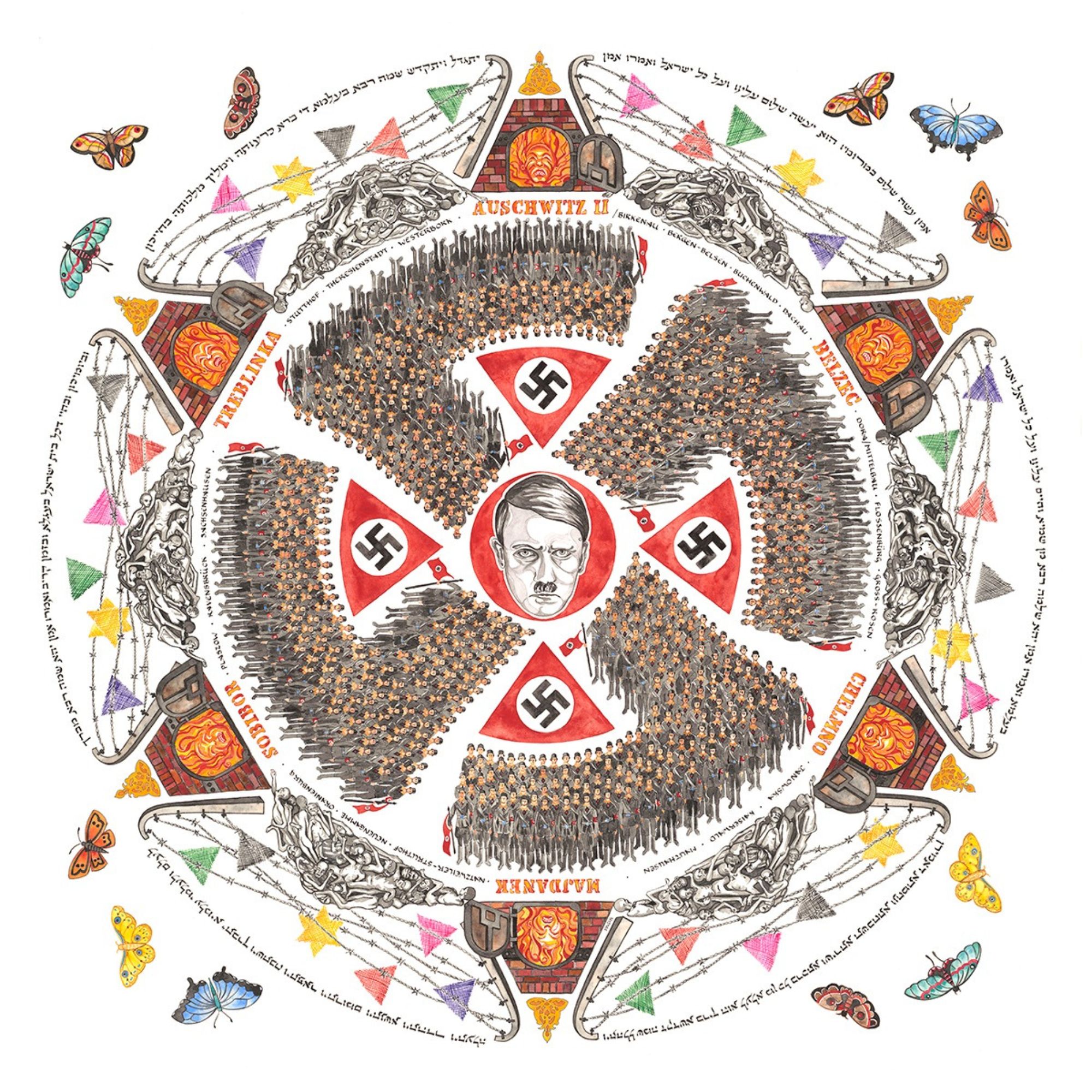
Holocaust
Beyond Genocide #10 (2009). According to the United States Holocaust Memorial Museum, the Holocaust was the “systematic, bureaucratic, state-sponsored murder of approximately six million Jews by the Nazi regime and its collaborators. “Holocaust” is a word of Greek origin meaning “sacrifice by fire.” The term “Shoah” is a Hebrew word which means “catastrophe” and it is now more commonly used in modern literature to describe the destruction of European Jewry during World War II. Although Jews were the primary victims of Nazi racism, other victims included the Roma, mentally or physically disabled patients and millions of others including Communists, religious dissidents, political opponents and homosexuals.
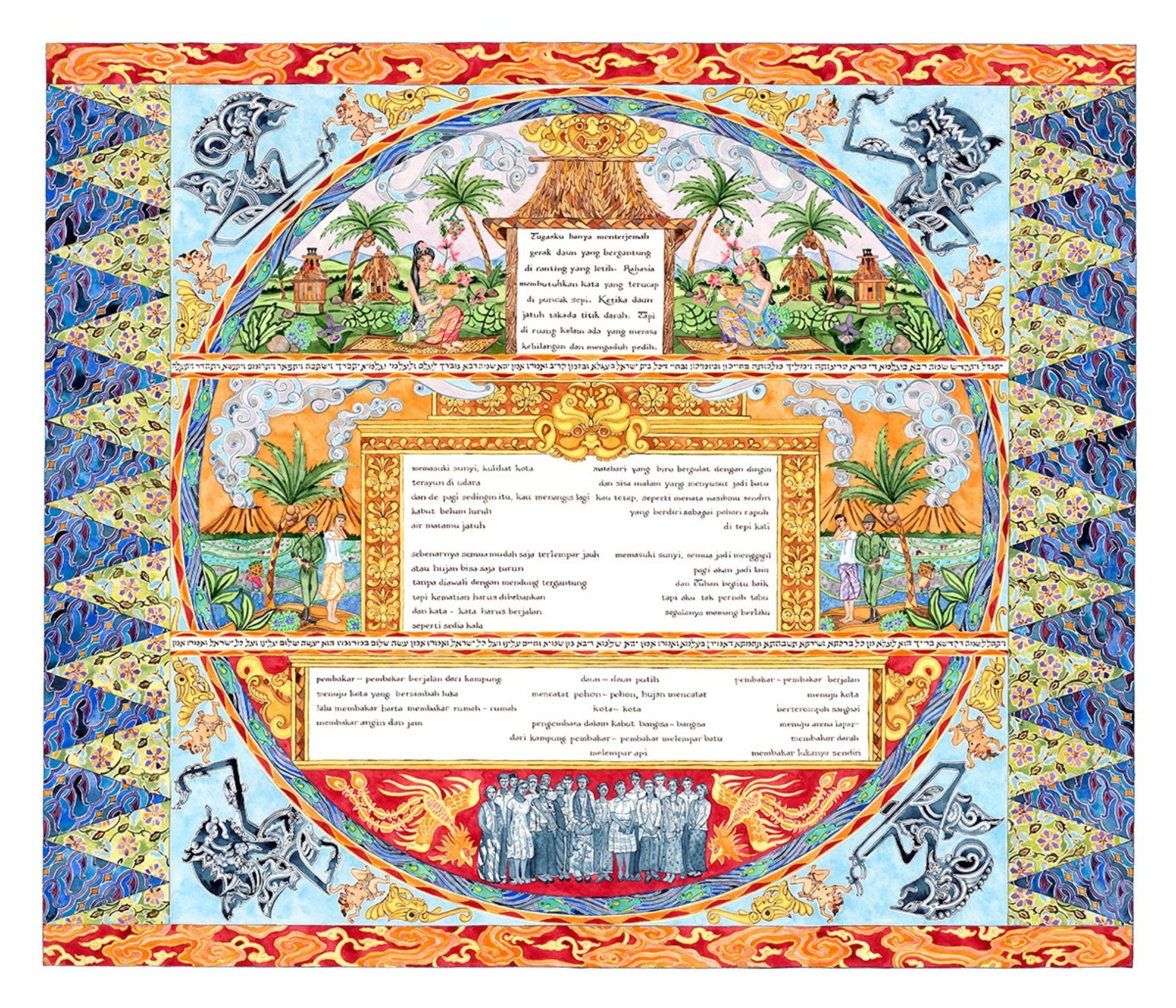
Indonesia
Beyond Genocide #11 (200X). The Indonesian killings of 1965–1966 purged the islands of the popular communist organization commonly known as the PKI. The islands of Java, Bali and Sumatra were targeted for the biggest waves of mass murder. This illumination draws upon the rich and diverse cultural history of this island nation with specific reference to the traditions and cultural expressions originating on the islands of Java, Bali and East Timor. Poetry selections from the era convey a spirit of collective loss as a result of the enforced 40 year silencing of these mass killings.
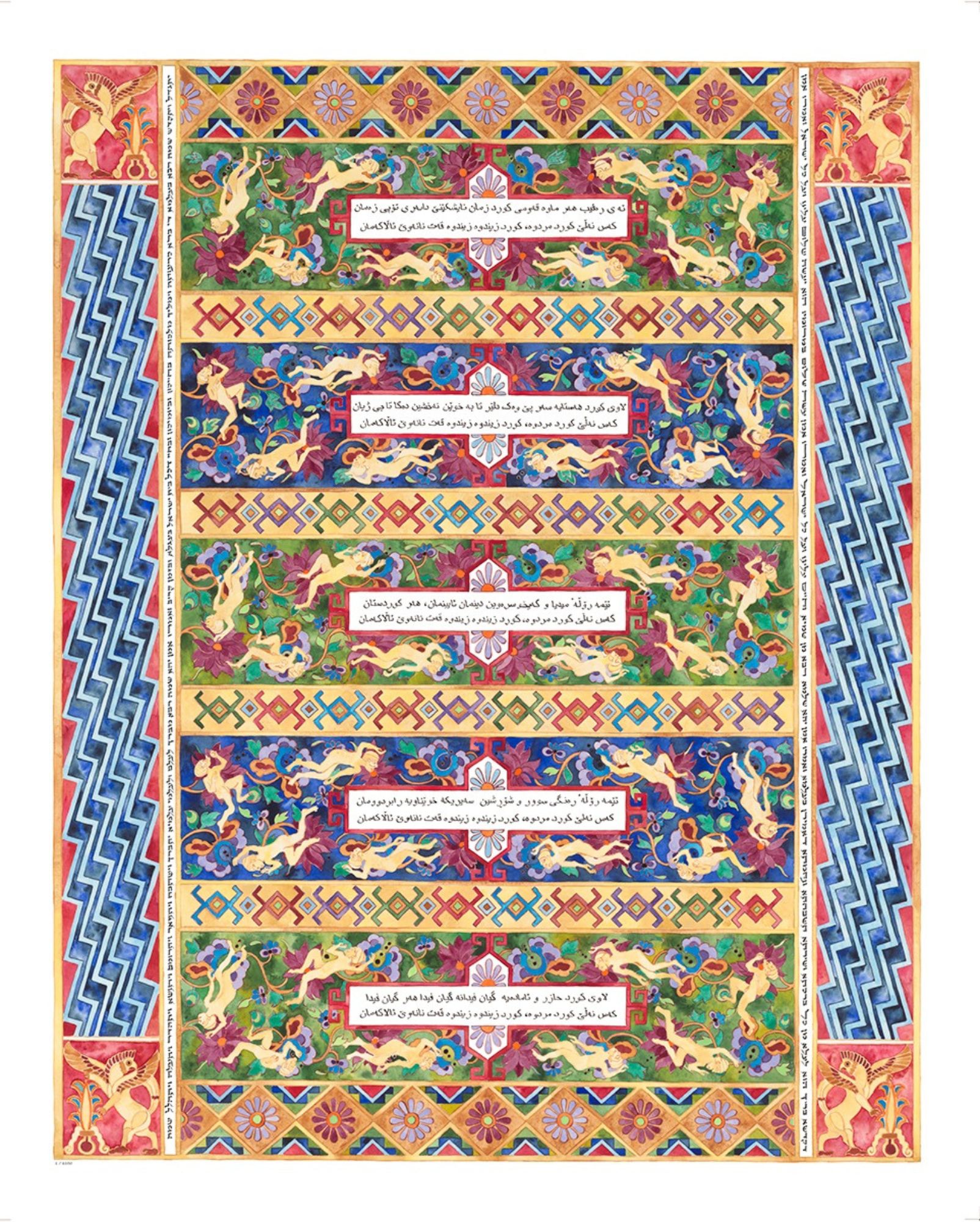
Iraq
Beyond Genocide #12 (200X). The independent Kurdish people of northern Iraq were targeted for ethnic cleansing, discrimination and chemical weapon attacks during much of the reign of dictator Saddam Hussein (1979–2003). The genocide campaigns launched against the Kurds were named Al-Anfal, known in the west as The Anfal Campaigns. This illumination reminds the viewer of the dynamics of physical place and ritual as the sources of life and identity for the Kurdish people and the victims of the Anfal Campaigns.
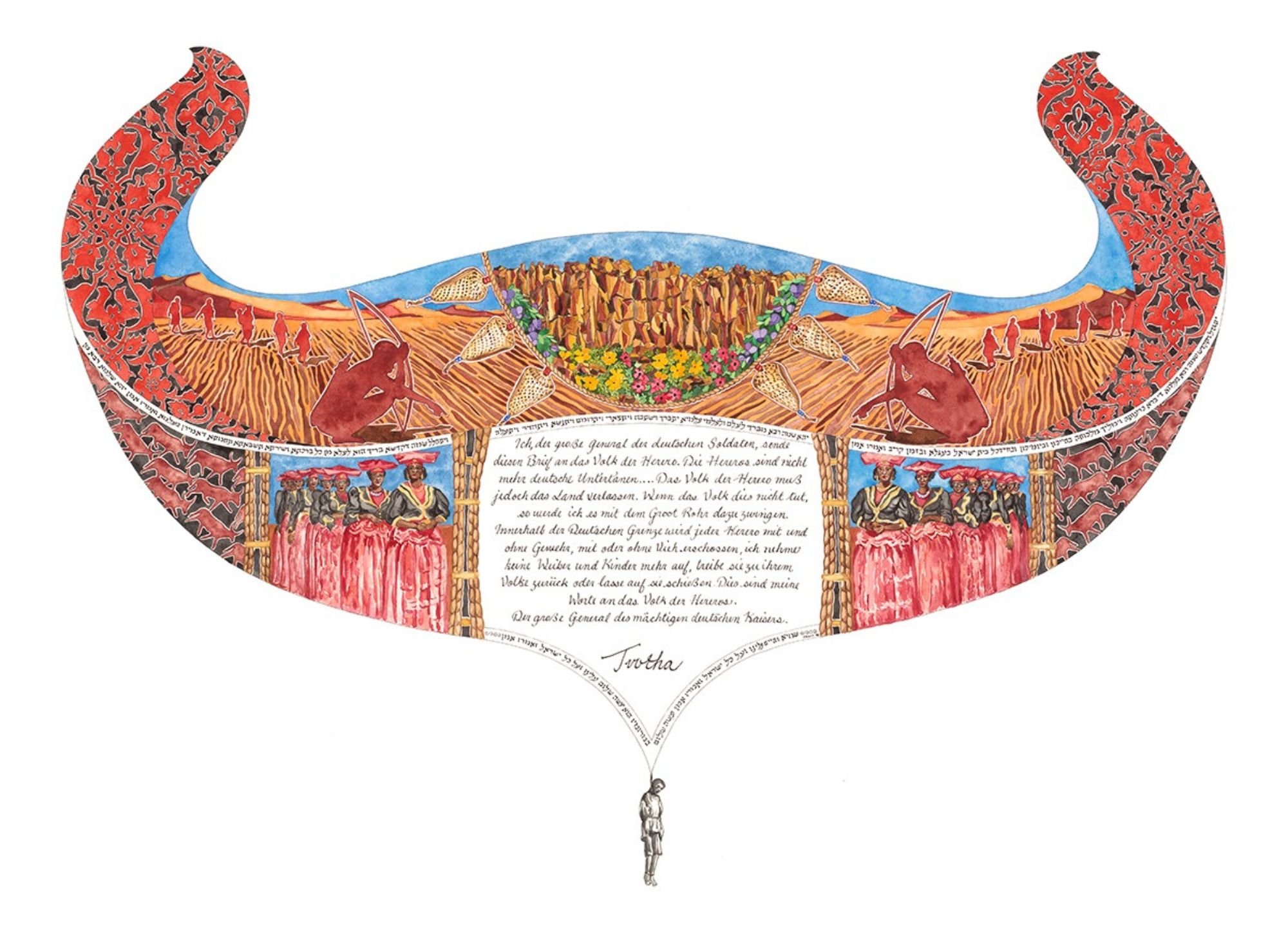
Namibia
Beyond Genocide #13 (200X). The Herero people of Namibia endured a near extinction of their existence as a group early in the 20th century at the hands of German colonialists. An estimated 80% of the Herero population was annihilated during this period of Namibian history. This powerful composition crystalizes the dramatic story of the Herero people under German colonial rule at the dawn of the 20th century.
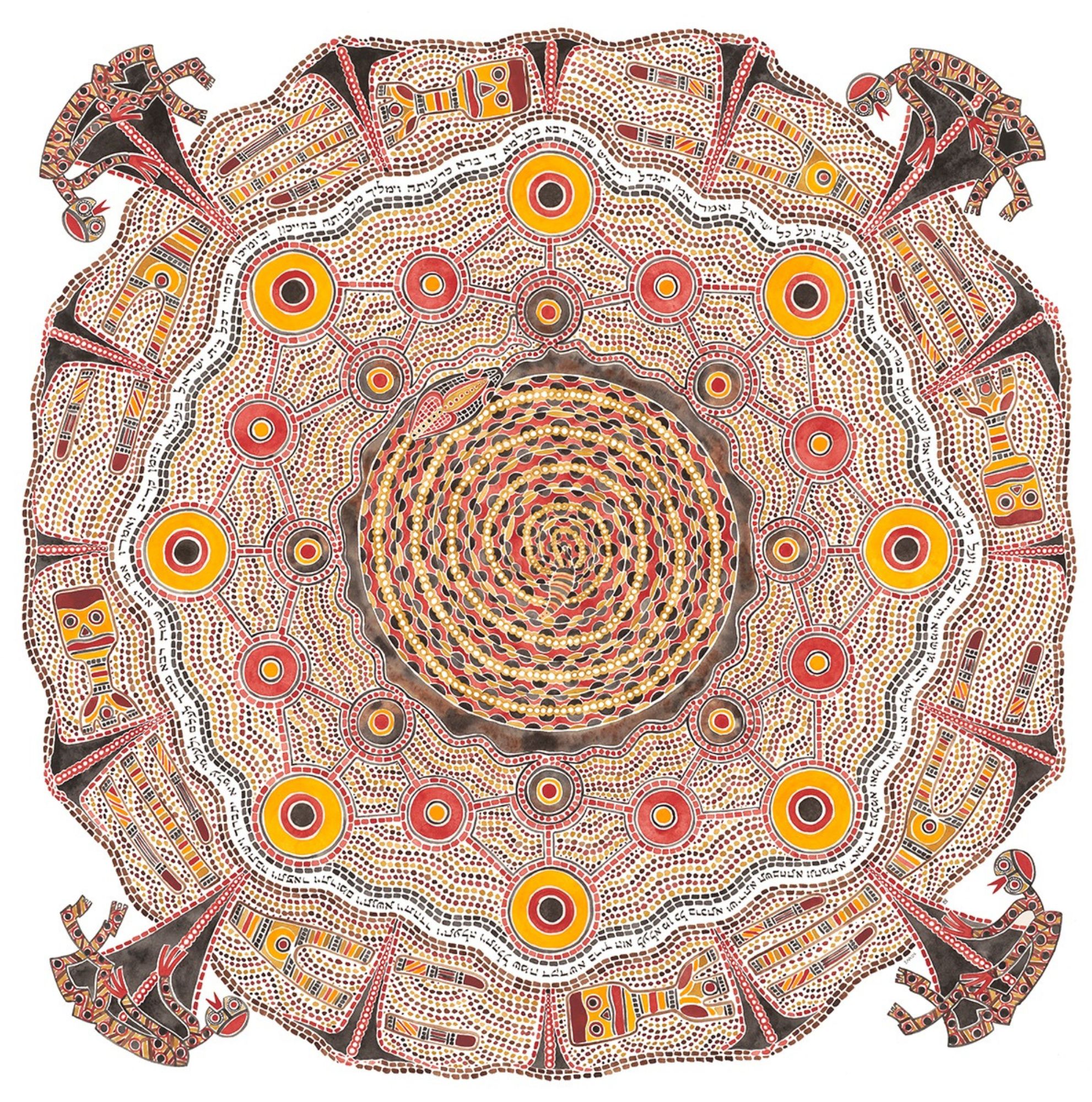
Native & Indigenious Populations of Australia
Beyond Genocide #14 (200X). According to scholars of genocide history, Australia is guilty of at least three and possibly four acts of genocide against its native populations, i.e.: the systematic destruction of the essential foundations of Aboriginal existence, as defined in the Genocide Convention’s Article II. This powerful illumination explores the extraordinary endurance of the lengthy history of the native populations in Australia and their potent expressions of creation, interconnection of tribal populations, protection of benevolent forefathers, as well as the destruction and near extinction experienced at the onset of colonization
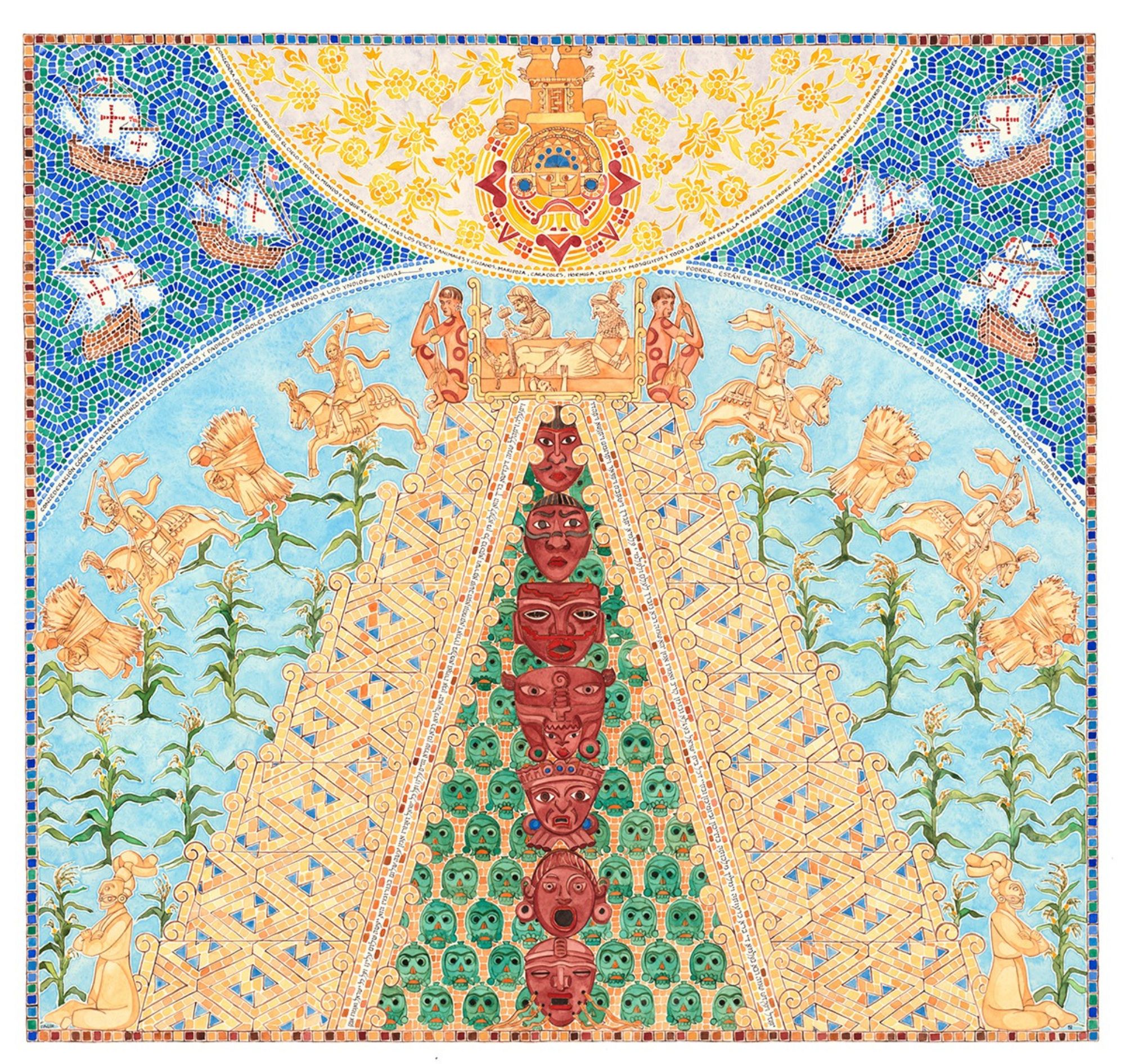
Native & Indigenious Populations of Central & South Americas
Beyond Genocide #15 (200X). “The invasion of the Americas spearheaded by Christopher Columbus in 1492 was the beginning of the end for many of the Western Hemisphere’s native peoples. Over the next several centuries, the Spaniards, the Portuguese, the English and the French built empires in their new domains and consolidated their rule from the Arctic Circle in the north to Tierra del Fuego in the south… The native peoples of the New World were devastated by their contacts with the Europeans, and the charge of genocide is frequently leveled at the colonial powers…”
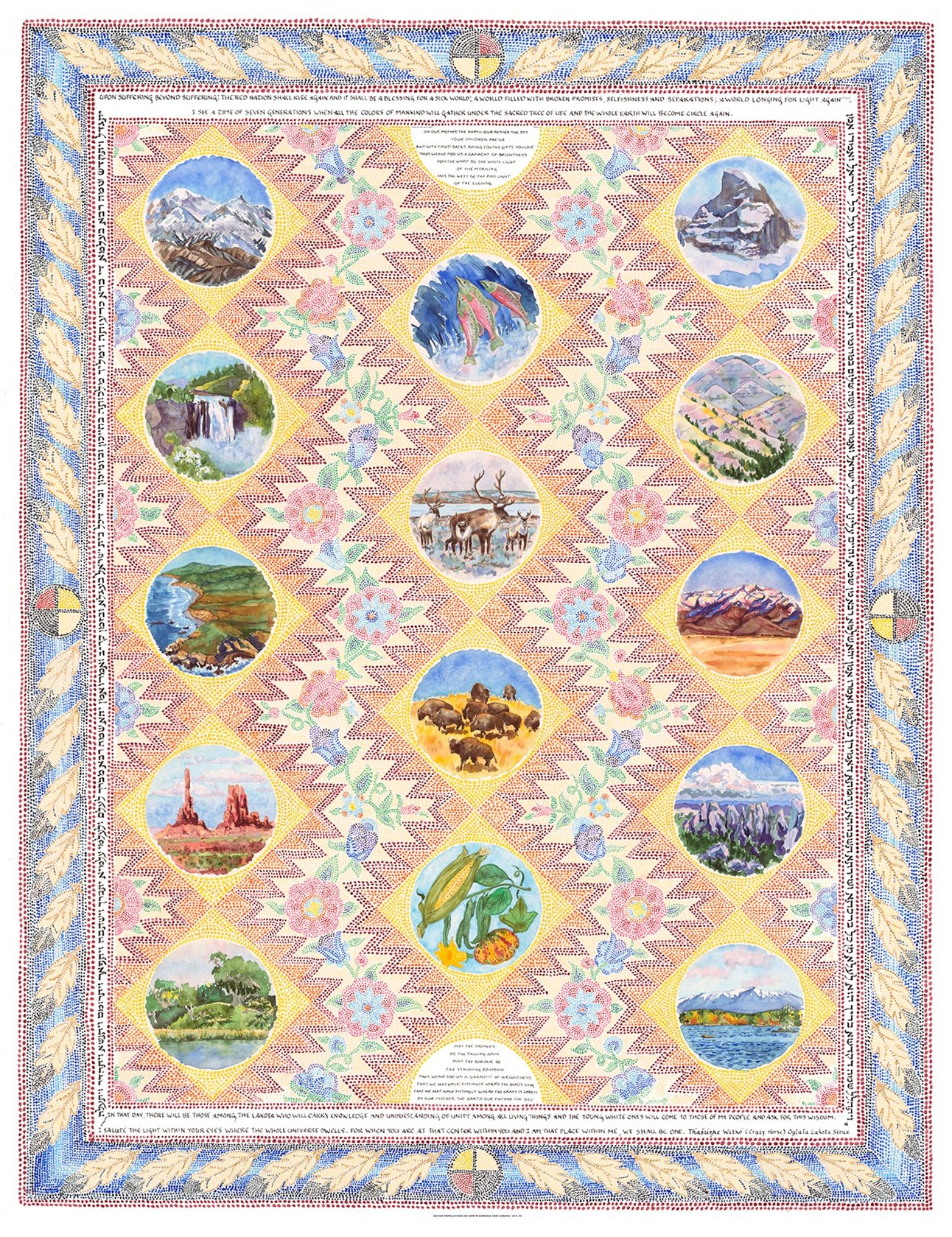
Native & Indigenious Populations of North America
Beyond Genocide #16 (200X). “Where today are the Pequot? Where are the Narragansett, the Mohican, the Pokanoket, and many other once powerful tribes of our people? They have vanished before the avarice and the oppression of the White Man, as snow before a summer sun.” — Tecumseh
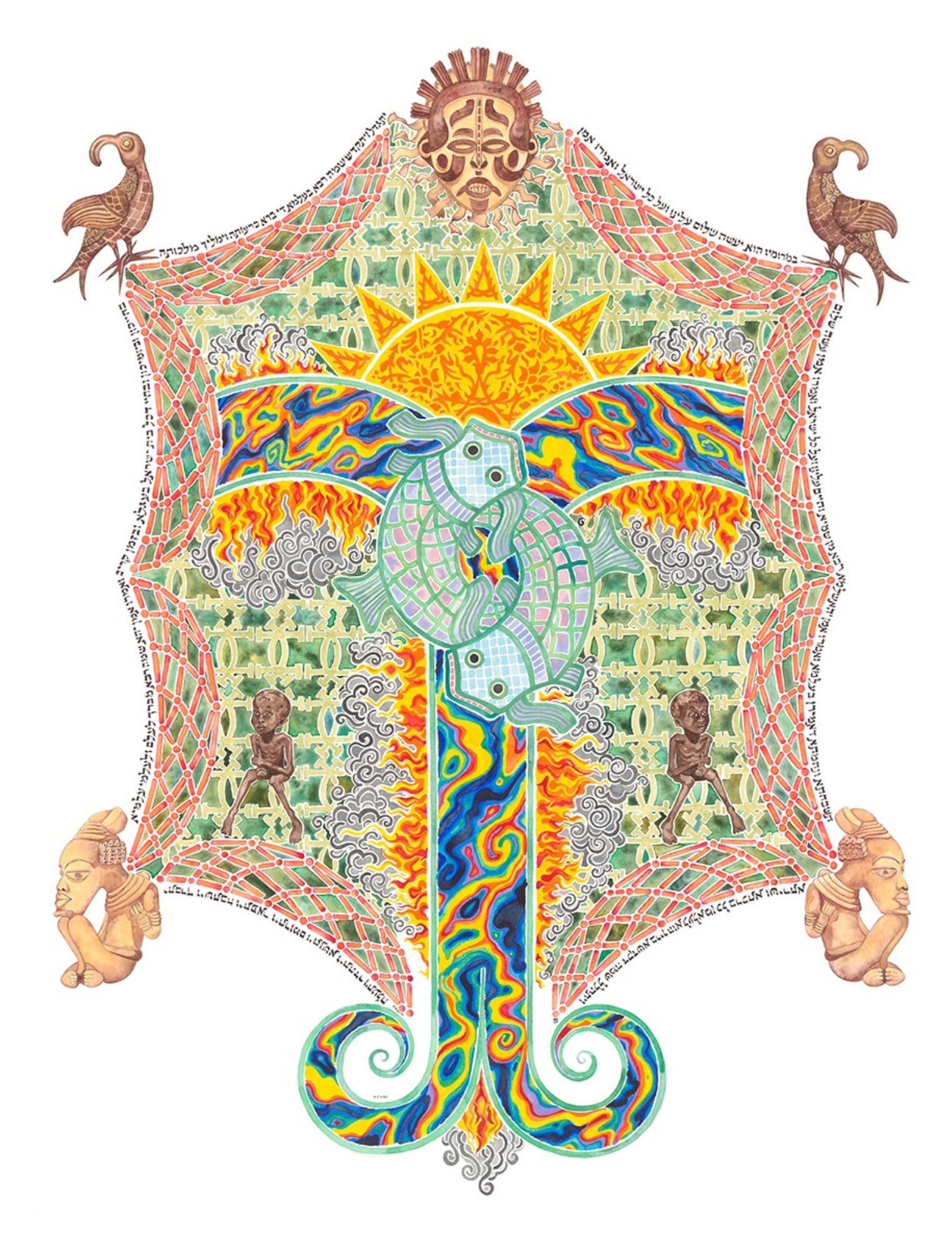
Nigeria
Beyond Genocide #17 (200X). “The Nigeria-Biafra war that raged between 1967 and 1970 made headlines around the world, above all for the major famine caused by the Nigerian state’s blockade of the self-proclaimed separatist Republic of Biafra in the country’s east…”
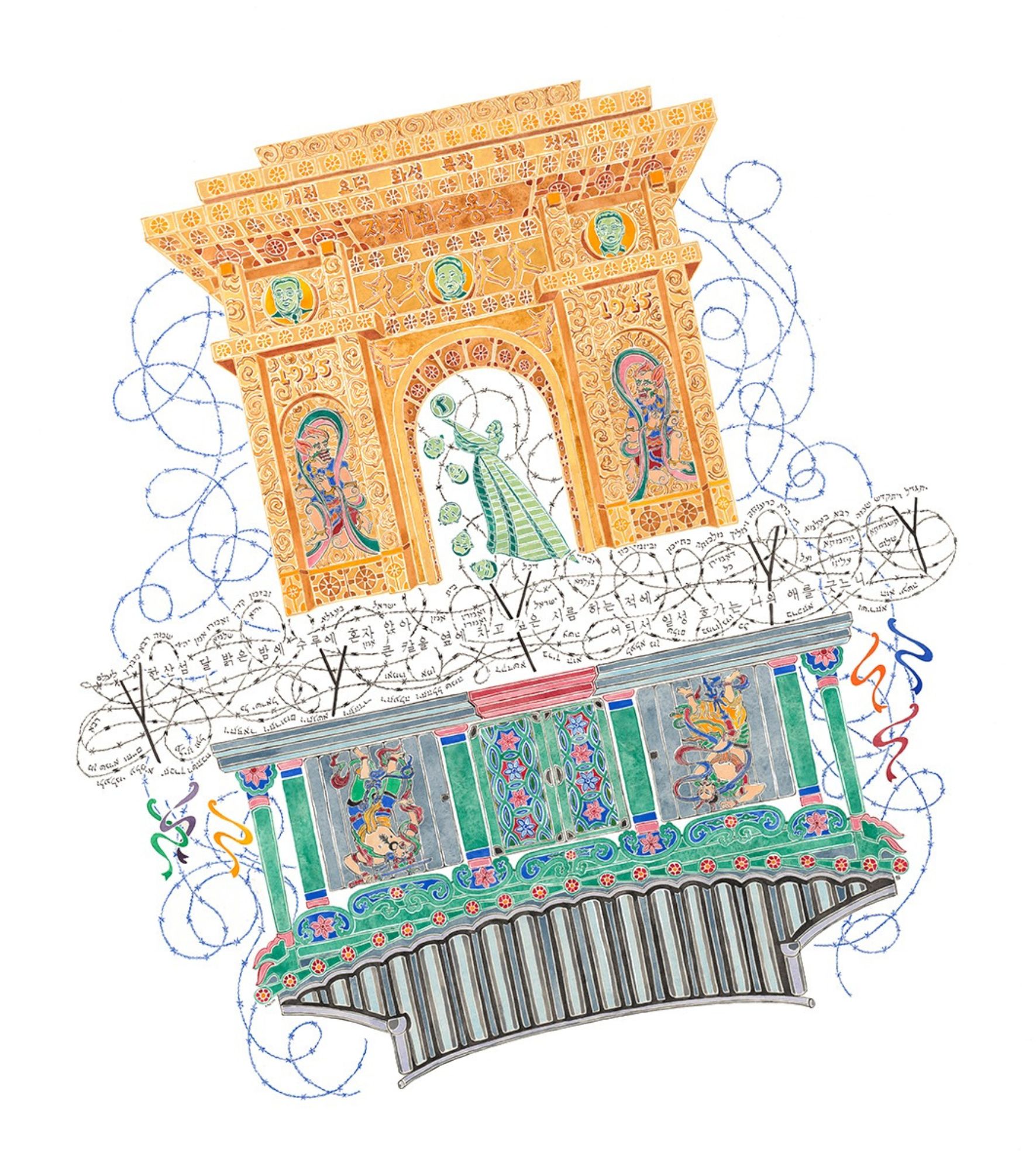
North Korea
Beyond Genocide #18 (200X). The human rights situation in the Democratic People’s Republic of Korea (North Korea) has remained dire under the control of Kim Jong-Un. The United Nations “condemns in the strongest terms the long-standing and ongoing systematic, widespread and gross human rights violations and other human rights abuses committed in [North Korea].”
For the best experience, we recommend viewing this page on a desktop computer. Images may not be available for full display on mobile devices.
